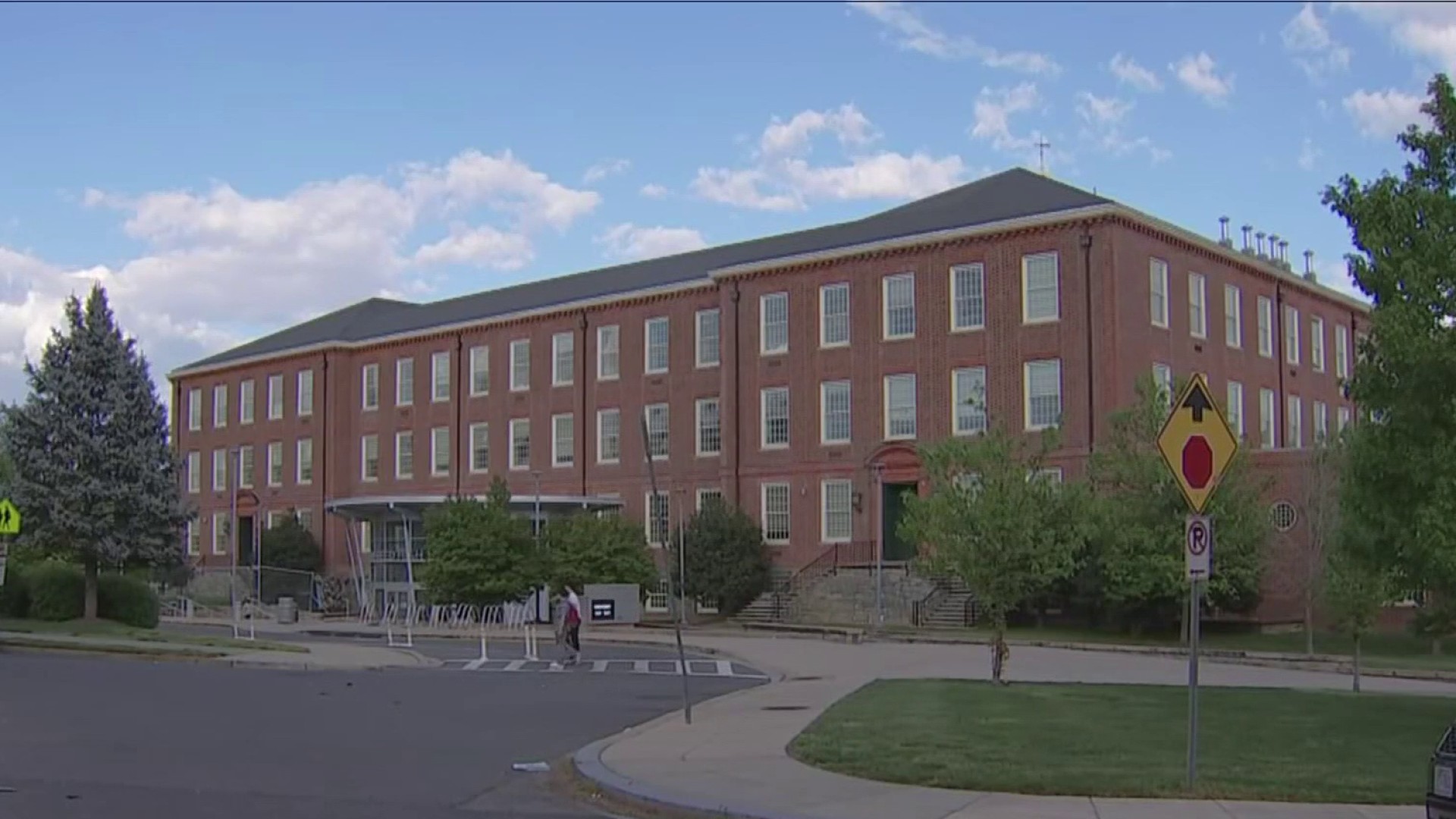An armored dinosaur hatchling fossil found 14 years ago in College Park, Md., is the youngest of its kind ever discovered, Johns Hopkins University School of Medicine researchers revealed in the latest issue of the Journal of Paleontology.
Amateur dinosaur tracker Ray Stanford discovered the fossilized remnants of a newborn nodosaur in a creek bed following a large flood in 1997. Nodosaurs rarely are found in the U.S., and Stanford's discovery is the first of a new genus and species -- Propanoplosaurus marylandicus
-- that lived in the Early Cretaceous Era about 110 million years ago.
After identifying his find as a nodosaur, Stanford called David Weishampel, Ph.D, a paleontologist, expert in dinosaur systematics and professor of anatomy at Hopkins. He and his fellow researchers confirmed the fossil to be a nodosaur from the pattern of bumps and grooves on the skull, but it had a shorter snout than other nodosaurs.
"Now we can learn about the development of limbs and the development of skulls early on in a dinosaur's life," Weishampel said. "We have the opportunity to find out about dinosaur parenting and reproductive biology, as well as more about the lives of Maryland dinosaurs in general."
He determined the age by examining the development of its bones and by its size -- 13 centimeters long. Full grown nodosaurs are estimated to have been 20 to 30 feet long.
Stanford's fossil also is the first dinosaur hatchling ever found in the eastern U.S., Weishampel said.
The newborn nodosaur drowned, Weishampel determined, and was buried by sediment in the stream.
Local
Washington, D.C., Maryland and Virginia local news, events and information
"We didn't know much about hatchling nodosaurs at all prior to this discovery," Weishampel said. "And this is certainly enough to motivate more searches for dinosaurs in Maryland, along with more analysis of Maryland dinosaurs."
Stanford donated the hatchling fossil to the Smithsonian's National Museum of Natural History for public viewing and research.



